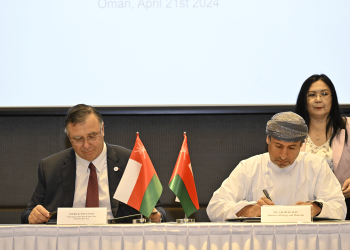For Total’s innovative Martin Linge fixed-platform asset
 AVEVA announced that it has been selected to supply an asset visualisation and information management solution to TOTAL E&P NORGE AS (Total). Built on the AVEVA NETTM software, the solution has been configured specifically for Total’s innovative Martin Linge fixed-platform asset on the Norwegian continental shelf (NCS).
AVEVA announced that it has been selected to supply an asset visualisation and information management solution to TOTAL E&P NORGE AS (Total). Built on the AVEVA NETTM software, the solution has been configured specifically for Total’s innovative Martin Linge fixed-platform asset on the Norwegian continental shelf (NCS).
The new solution was rapidly delivered and is already in the implementation and testing phase. When fully deployed, Total will use AVEVA NET’s advanced access and contextualisation functionality to deliver a wide range of design, engineering and operational information throughout the life cycle of the Martin Linge asset.
Through a challenging tender process, Total was convinced that AVEVA could provide the data access and visualisation capability needed for this project. Timely access to all types of information will enhance Total’s ability to make better decisions more quickly and also reduce risk.
Total were particularly impressed with how open the AVEVA solution can be, allowing Total to work with their existing data in different tools, such as Documentum, OpenText, AVEVA’s own design and engineering software and other third party applications.
‘AVEVA’s solutions are all developed with a focus on maintaining integrity across the life cycle of the Digital Asset,’ said Helmut Schuller, Executive Vice President, Global Sales, AVEVA.
‘The creation and maintenance of an accurate Digital Asset enables our customers to master change on complex projects and throughout the life of their facilities. This is particularly important for The Martin Linge development and we feel that this decision by Total is a very strong endorsement of the industry-leading solutions and services that we can offer to the oil & gas sector.’
The Martin Linge field is estimated to hold oil & gas reserves of about 190 million barrels of oil equivalent. The project will set a precedent for sustainability by supplying the field’s power needs from the Norwegian mainland grid via a 162 km subsea cable.
This innovation will reduce CO emissions by two million metric tons per annum. Production is due to start in the fourth quarter of 2016.
Source: AVEVA



























































